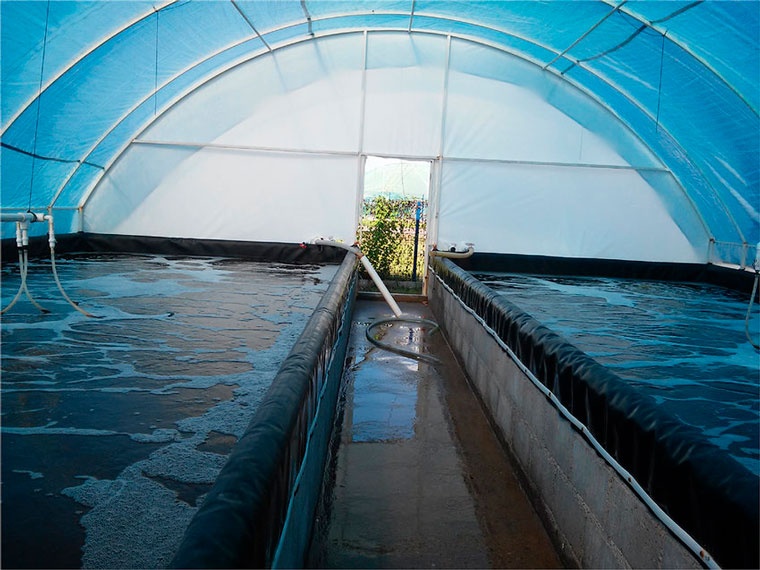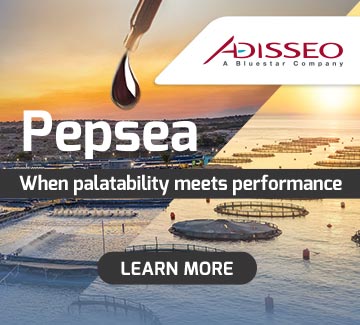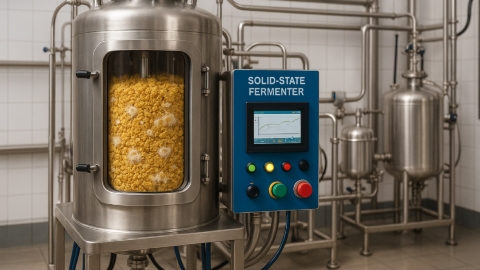
A team of international researchers has evaluated productivity, resource use, and market demands to assess which system offers the greatest potential-Recirculating Aquaculture Systems (RAS) or Biofloc Technology (BFT). Their findings also highlight the value of integrating emerging tool such as the Internet of Things (IoT), artificial intelligence, big data and real-time sensors to enhance the efficiency of both approaches.
Modern aquaculture continues to evolve towards production systems that are more sustainable, efficient, and resilient in the face of environmental and health challenges. Within this context, a systematic review published in Aquacultural Engineering-led by scientists from the Universiti Putra Malaysia and the Rural Development Academy of Bangladesh-examines two cutting-edge technologies used in indoor intensive farming of Litopenaeus vannamei: RAS and BFT.
The review analysed 46 studies selected from over 184,000 scientific publications published between 2010 and 2024, comparing both systems across key parameters such as growth performance, body composition, water quality, microbial load, and survival rate.
Both RAS and BFT are presented as alternatives to traditional outdoor intensive farming systems, with a shared goal of “minimizing environmental impact and enhancing productivity”. However, each method presents notable operational differences.
RAS is based on mechanical and biological filtration, allowing near-continous water reuse and precise control over rearing conditions. This makes it particularly well-suited for high-density farming, offering strong biosecurity and year-round production potential. That said, it “requires significant upfront investment and high energy consumption, which limits its adoption among small-scale producers.”
In contrast, BFT relies on microbial communities that convert organic waste into protein-rich flocs, which can be directly consumed by shrimp. This method stimulates immune responses, reduces water exchange requirements, and represents a more cost-effective solution. However, it “poses challenges in maintaining microbial balance and can hinder system visibility.”
According to the authors, L. vannamei raised in RAS achieved an average final weight of 9.30g, compared to 9.21g in BFT systems. Nevertheless, BFT showed a significantly higher survival rate (85.2%) than RAS (73.2%), and also outperformed in feed conversion efficiency (FCR of 1.55 vs 1.62 in RAS), making it a more feed-efficient option overall.
In terms of nutritional profile, shrimp reared in BFT systems had a notably higher protein content (71.2% compared to 55.25% in RAS), attributed to the nutritional contribution of bioflocs. Conversely, shrimp in RAS system exhibited higher lipid and carbohydrate levels, potentially due to differences in feed utilization and energy metabolism.
The study also underscores that both RAS and BFT can play a vital role in desease prevention, a persistent challenge in L. vannamei farming. RAS enables stricter water management through ozone treatment and filtration, while BFT serves as a natural probiotic system, helping to suppress pathogens such as Vibrio parahaemolyticus.
Importantly, the authors emphasise that both technologies support several Sustainable Development Goals (SDGs), including zero hunger, good health and well-being, and responsible consumption and production.


